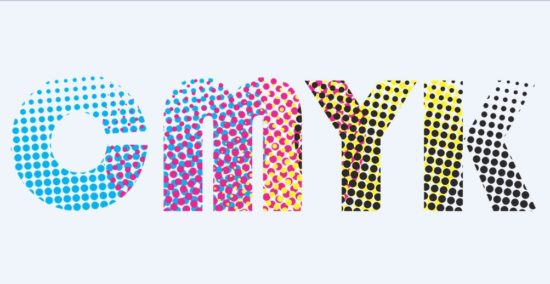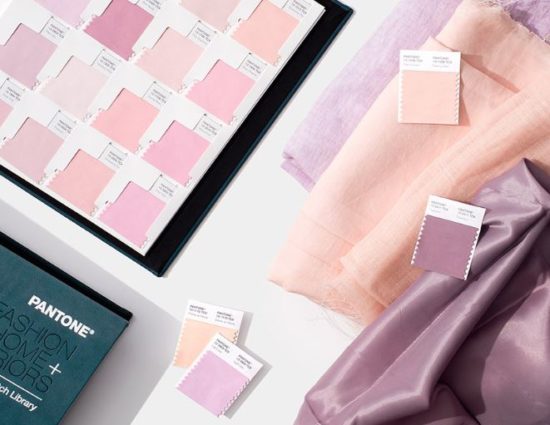
We’re ready to reveal the #1 must-have in any fashion professional’s toolbox, and it’s not fabric, scissors, or even a sketchbook. No matter what part of the fashion industry you work in you will need a Pantone Reference Book.

The Pantone Matching System Color uses a unique coding scheme, a standardized color matching system utilizing a numbering system for identifying colors. By standardizing the colors, different manufacturers in any location can reference a Pantone numbered color, matching them perfectly without direct contact with one another.
The Pantone system is used for hang tags, packaging, trims, and prints – pretty much any part of the design process that requires color. All artwork for these elements are submitted to a supplier or garment factory, and colors are specifically matched up to meet the requirements set by the designer. The Pantone system can also be used to dye fabrics, but be careful as it very difficult to match the paper to an actual fabric, as there are many variables can cause shade variations!

Pantone Material Formats (Chip books & fan guides):
1. Coated For Paper – This fan guide provides a side-by-side visual comparison of Pantone Spot Colors to their closest CMYK process printing match. The color code ends with a suffix PMS. PMS colors marked with a C means that the color is printed on coated paper for a glossy finish, as you would see in a magazine. U indicates uncoated paper, which has a more porous finish, common on letterhead. Uncoated paper is generally more absorbent of ink than coated, reducing sharpness.

2. Uncoated For Textile Paper – The swatch book is called the “PANTONE FASHION + HOME guide”. The color code ends in suffix TP/TPX for fabrics (stands for Textile Paper) The latest updated color code system suffix is TPG.
3. Fabric Chips – The cotton planner comes in a three-ring binder containing 65 0.6” x 0.6” cotton chips. Suffix is TC/TCX which stands for textile cotton. It is also available in nylon.
The Pantone website has a reference to all the colors as well if you’re in a pinch but beware: on-screen digital color simulations do not match the physical Pantone Colour Standards. It’s advisable to refer to Pantone Colour publications to ensure physical accuracy.

Did you know?: The Pantone Colour of the year is announced every December of the preceding year. Can you guess 2019’s color?! We’ll put it at the end of this article for all you trivia buffs out there…
Working With Fabric Mills
Although Pantone is the most widely used system for mills to dye fabric, keep in mind that variations occur for numerous reasons, such as light, humidity and the reality that every material takes color differently. If you’re not too fussy about minor color variations, Pantone is the best way to to go. If exact matches are a must, send a fabric swatch in the same construction and fiber. In many cases, it may be easier for the mill to match to a fabric. In either case, a selection of lab dips should always be provided for you to select before the bulk fabric is dyed.

Lab Dips:
A lab dip is a swatch of fabric test-dyed to hit or match a color standard. Lab dips are done in a laboratory environment with the purpose of providing a visual aid of how a color will look when it is dyed. When the goods are dyed in a real production run, the conditions are different from the laboratory, so the final production fabric may vary from the approved lab dip. No two dye lots are exactly the same!
If you’re going to take away anything from this, it is that you can think of Pantone as a universal language – the codes are created so they can be understood by everyone, but in practice, sometimes there are minor differences in communication. Don’t be afraid of these minor variations – embrace them, as they are a unique part of the process, and will not take away from the quality of your incredible designs!
Fashion entrepreneurs – what’s your experience working with Pantone?


